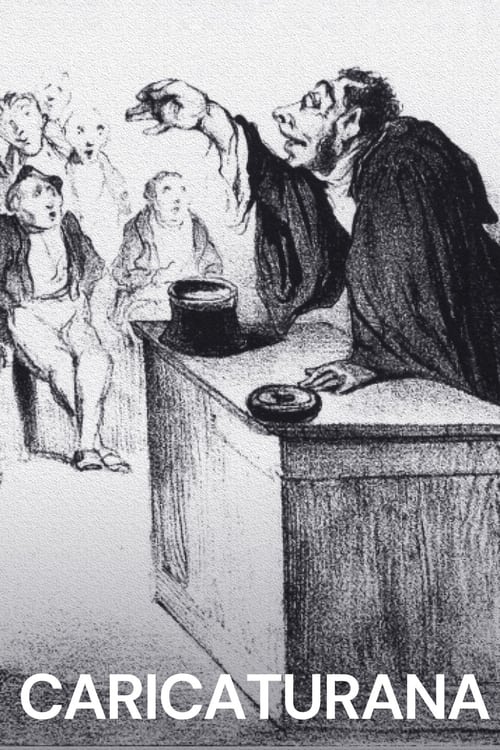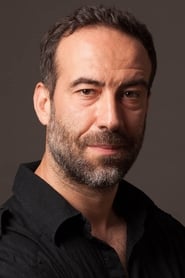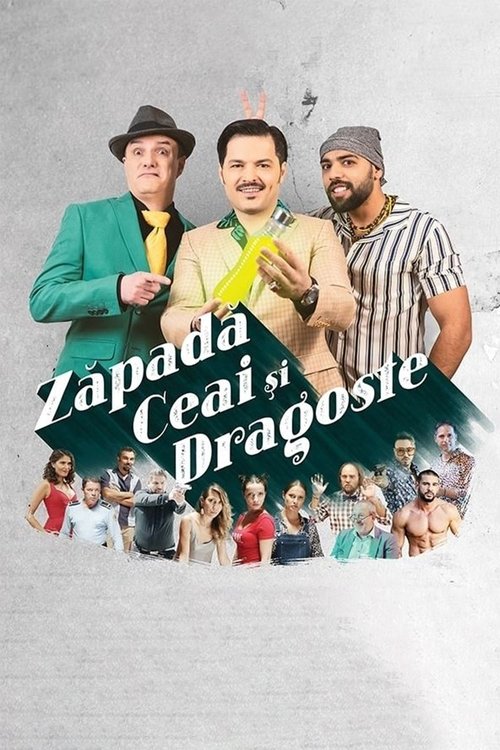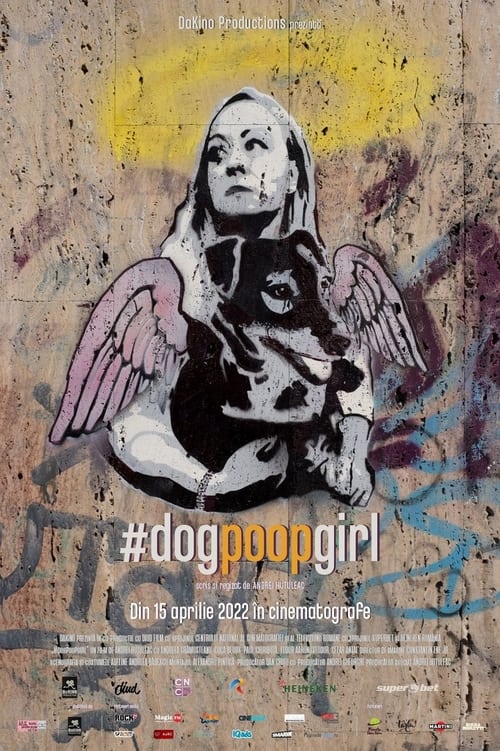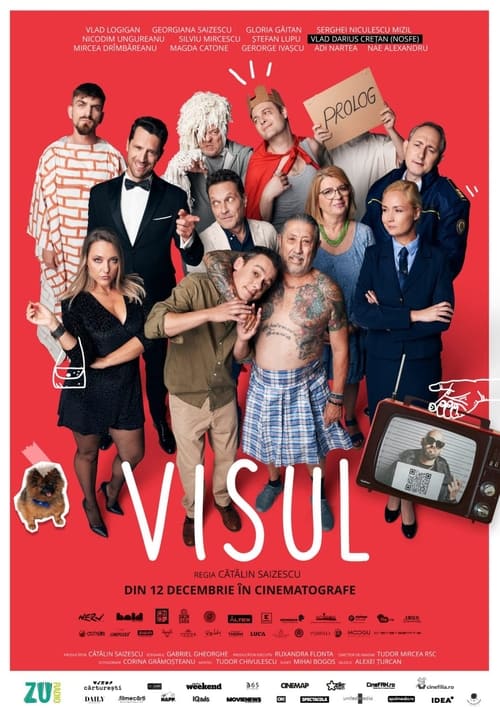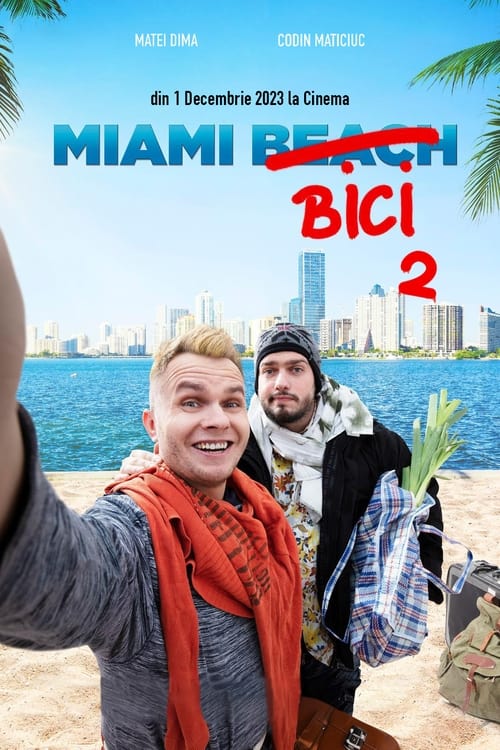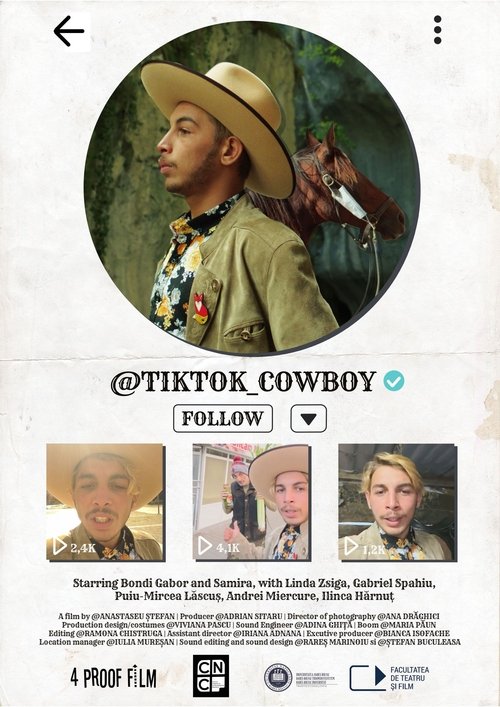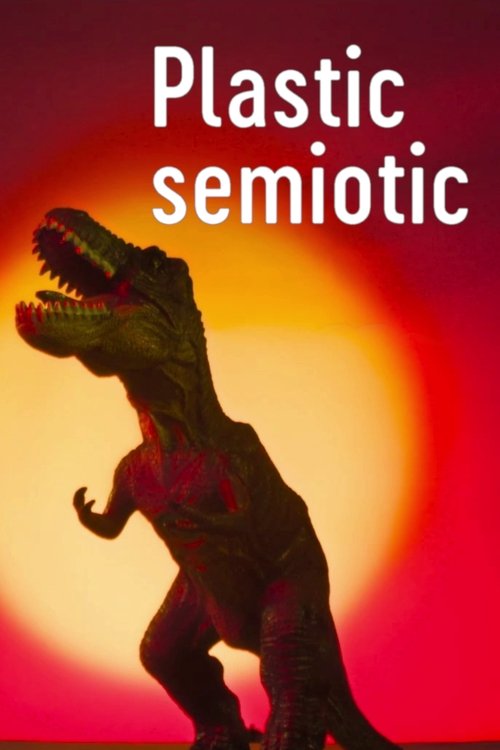
Ask Your Own Question
What is the plot?
"Caricaturana" (2021), directed by Radu Jude and inspired by Soviet filmmaker Sergei Eisenstein's unrealized dream of composing the "101 poses of Robert Macaire," unfolds not as a traditional narrative but as a silent, visual symphony of 19th-century satirical lithographs. The film opens without a conventional scene or temporal setting, immediately immersing the viewer in a montage of black-and-white lithographic images that depict Robert Macaire--a notorious French swindler figure popularized by actor Frédérick Lemaître--and other caricatured characters from the era.
The screen flickers through these lithographs as if leafing through an old, fragile book, each image frozen in a distinct pose or gesture that conveys a facet of Macaire's unscrupulous nature. There is no spoken dialogue, no live-action characters, and no explicit setting; instead, the film's entire universe is composed of these historical prints, each rich with exaggerated expressions and theatrical postures. The silent sequence invites the viewer to decipher the social and political satire embedded within the images, evoking the spirit of 19th-century French caricature as a form of visual prank and critique.
As the montage progresses, the poses evolve in complexity and nuance, revealing a spectrum of Macaire's guile--from sly cunning to brazen confidence. The film's rhythm builds as the images cut rapidly from one to another, creating a dynamic interplay of gestures that suggest a theatrical performance frozen in time. This visual dance is punctuated by moments of stark contrast--Macaire's defiant smirk juxtaposed with the fearful or duped expressions of his victims, the sly hand gestures hinting at deception, the exaggerated postures mocking social pretensions.
Despite the absence of a conventional plot, tension arises through the accumulation of these images, each one a fragment of a larger social commentary on hypocrisy, swindling, and the performative nature of identity. The viewer is drawn into a silent dialogue with the past, witnessing how caricature served as a weapon of satire against societal corruption and moral decay.
There are no deaths, no physical confrontations, and no direct character interactions within the film's framework; the conflict is symbolic and visual rather than narrative or physical. The film's climax is not a dramatic event but the culmination of the montage's crescendo--when the sequence of poses reaches a peak of expressive intensity, embodying the full range of Macaire's villainy and theatricality.
The final moments of "Caricaturana" linger on a particularly striking lithograph of Robert Macaire, his figure poised in a gesture that encapsulates his essence as the eternal trickster. The screen fades slowly to black, leaving the viewer with a reflective silence that echoes the film's meditation on gesture, performance, and social critique.
In sum, "Caricaturana" offers no traditional story arc, no named characters beyond the titular figure, no deaths, and no resolutions in the conventional sense. Instead, it is a nine-minute visual essay--a montage of historical caricatures that resurrects Robert Macaire's iconic poses to explore the enduring power of satire and the theatricality of social deception. The film ends not with a narrative closure but with a visual and intellectual invitation to contemplate the gestures that define human folly and cunning, as envisioned through the lens of 19th-century lithographic art and Eisenstein's cinematic theory.
What is the ending?
In the ending of "Caricaturana," the protagonist, a struggling artist named Leo, confronts his inner demons and the societal pressures that have stifled his creativity. After a climactic showdown with his rival, he finds a renewed sense of purpose and embraces his unique artistic vision. The film concludes with Leo showcasing his work at a gallery, where he receives recognition and support from his peers, symbolizing his personal and professional rebirth.
As the final act unfolds, the scene opens in a dimly lit art studio, cluttered with canvases and paint splatters. Leo stands before a large canvas, his brow furrowed in concentration. The weight of his past failures hangs heavily on him, and the tension is palpable. He is haunted by the memories of his rival, Marco, who has always overshadowed him in the art world. Leo's internal struggle is evident as he grapples with self-doubt and the fear of never being good enough.
The scene shifts to a bustling art gallery, where the annual exhibition is about to commence. Artists and critics mingle, their conversations a blend of excitement and anxiety. Leo arrives, his heart racing as he scans the room filled with familiar faces. He spots Marco, who is confidently presenting his latest work, basking in the admiration of the crowd. Leo's stomach churns with a mix of envy and determination. He knows this is his moment to break free from the shadows.
As the exhibition begins, Leo's work is displayed in a less prominent corner of the gallery. He watches as attendees pass by, some glancing at his pieces but quickly moving on. The disappointment is evident on his face, but he refuses to give up. In a pivotal moment, he steps forward, engaging with a small group of art enthusiasts who show genuine interest in his work. Leo passionately explains the inspiration behind his pieces, revealing the depth of his emotions and the struggles he has faced as an artist.
The atmosphere shifts when Marco, sensing the attention Leo is garnering, approaches with a smug demeanor. A confrontation ensues, with Marco belittling Leo's efforts and attempting to undermine his confidence. However, instead of retreating, Leo stands his ground, fueled by a newfound resolve. He articulates his vision and the importance of authenticity in art, challenging Marco's superficial approach. The tension in the room escalates, drawing the attention of other guests.
In a dramatic turn, Leo's words resonate with the crowd, and they begin to rally around him. The gallery owner, impressed by Leo's passion and the emotional weight of his work, decides to feature him more prominently in the exhibition. The shift in dynamics is palpable as Leo's confidence grows, and he finally feels seen and appreciated for his unique perspective.
As the night progresses, Leo receives accolades from fellow artists and critics, marking a significant turning point in his career. The camera captures the joy and relief on his face, a stark contrast to the self-doubt that plagued him earlier. In a final scene, Leo stands before his completed canvas, a vibrant representation of his journey, surrounded by supporters who celebrate his triumph.
The film concludes with a montage of Leo's future successes, showcasing his evolution as an artist. He is seen mentoring young creatives, encouraging them to embrace their individuality and pursue their passions without fear. The final shot lingers on Leo, a smile of contentment on his face, as he paints in his studio, a symbol of his rebirth and the power of resilience in the face of adversity. Each character's fate is intertwined with Leo's journey, as they all learn the importance of authenticity, support, and the courage to pursue one's dreams.
Is there a post-credit scene?
In the movie "Caricaturana," there is indeed a post-credit scene that adds an intriguing layer to the story. After the credits roll, the screen fades back in to reveal a dimly lit art studio, cluttered with sketches and unfinished canvases. The camera pans slowly across the room, capturing the essence of creativity and chaos.
In the center of the room, we see the protagonist, a talented but struggling caricature artist named Leo, hunched over a drawing board. His brow is furrowed in concentration, and there's a flicker of determination in his eyes. As he works, the sound of a pencil scratching against paper fills the silence, creating a rhythmic backdrop to his focused energy.
Suddenly, Leo pauses, looking up as if sensing something. The camera shifts to the doorway, where a shadowy figure stands, partially obscured by the light behind them. The figure steps forward, revealing a familiar face from earlier in the film--an old mentor who had once guided Leo but had since fallen out of touch.
The mentor smiles warmly, a mix of nostalgia and pride in his expression. He holds up a sketchbook filled with caricatures of various characters from the film, including some of Leo's friends and rivals. "I've been following your journey," he says, his voice rich with emotion. "You've grown so much, Leo. It's time to take your art to the next level."
Leo's eyes widen with surprise and hope, a spark igniting within him. The scene captures a moment of reconnection, symbolizing the importance of mentorship and the impact of community in an artist's life. As they share a laugh, the camera zooms in on Leo's latest drawing--a caricature of himself, now filled with confidence and ambition.
The screen fades to black, leaving the audience with a sense of optimism and the promise of new beginnings, reinforcing the film's themes of growth, resilience, and the power of artistic expression.
What motivates the main character, Elena, to pursue her passion for caricature art?
Elena, a talented but struggling artist, is driven by her desire to express her unique perspective on society and to connect with people through humor. Her motivation deepens when she faces personal challenges, including the loss of her father, who was also an artist, pushing her to honor his legacy by embracing her craft.
How does the relationship between Elena and her mentor, Marco, evolve throughout the film?
Initially, Marco is a stern and critical mentor who challenges Elena to push her boundaries. As the story progresses, their relationship transforms into one of mutual respect and understanding. Marco becomes a father figure to Elena, helping her navigate her insecurities and ultimately encouraging her to find her own voice in the art world.
What role does the city of Barcelona play in the development of the story?
Barcelona serves as a vibrant backdrop that reflects Elena's emotional journey. The city's colorful streets and artistic culture inspire her work, while its bustling atmosphere mirrors her internal struggles. Key scenes take place in iconic locations, such as the Park Güell, where Elena finds clarity and inspiration, symbolizing her growth as an artist.
What challenges does Elena face in the art competition, and how do they impact her character?
Elena faces fierce competition from established artists, self-doubt, and the pressure to conform to traditional styles. These challenges force her to confront her fears and insecurities, ultimately leading her to embrace her unique style. The competition becomes a pivotal moment for her character development, pushing her to take risks and assert her identity as an artist.
How does the subplot involving Elena's childhood friend, Sofia, influence the main narrative?
Sofia, who initially appears to be a supportive friend, becomes a source of conflict when her own jealousy and insecurities surface. This subplot highlights themes of friendship and rivalry, forcing Elena to reevaluate her relationships. The tension between them culminates in a confrontation that ultimately leads to reconciliation, reinforcing the importance of authenticity and support in pursuing one's dreams.
Is this family friendly?
"Caricaturana," produced in 2021, is a film that blends elements of comedy and drama, focusing on themes of family, identity, and self-acceptance. While it is generally suitable for a family audience, there are a few scenes and aspects that may be considered objectionable or upsetting for children or sensitive viewers.
-
Emotional Conflict: The film features scenes of intense emotional conflict among family members, which may be distressing for younger viewers. Characters experience moments of anger, sadness, and frustration that could resonate deeply with sensitive audiences.
-
Bullying and Social Pressure: There are instances where characters face bullying or social pressure, particularly related to their artistic expressions and personal identities. These moments may evoke feelings of discomfort or sadness.
-
Themes of Insecurity: The protagonist grapples with feelings of inadequacy and self-doubt, which are portrayed in a raw and relatable manner. This exploration of insecurity might be challenging for some viewers, especially children who are sensitive to themes of self-esteem.
-
Visual Style: The film employs a unique visual style that includes exaggerated caricatures and surreal imagery. While this is integral to the storytelling, some scenes may be visually overwhelming or confusing for younger audiences.
-
Mature Humor: There are moments of humor that may be more appreciated by older viewers, including subtle references that could go over the heads of children but might raise questions or discomfort for them.
Overall, while "Caricaturana" offers valuable lessons about acceptance and understanding, parents may want to consider these elements when deciding if it is appropriate for their children or sensitive viewers.

